North American Keystone Plants - BETA
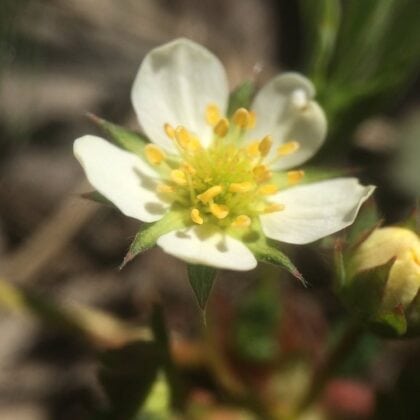
Scarlet Strawberry
Fragaria virginiana
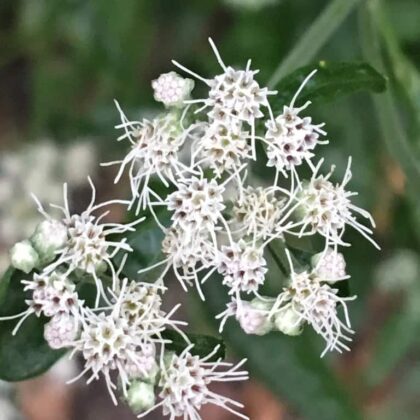
Late Boneset
Eupatorium serotinum
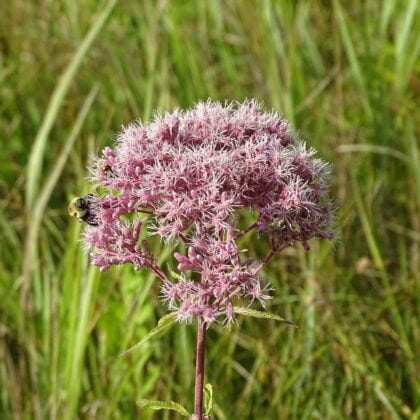
Spotted Joe-Pye Weed
Eutrochium maculatum

Ten-Petaled Sunflower
Helianthus decapetalus

Smooth Aster
Symphyotrichum laeve
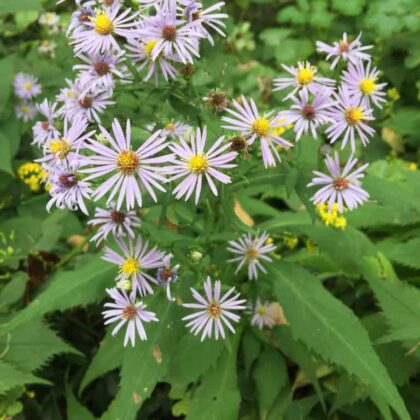
Crooked Aster
Symphyotrichum prenanthoides
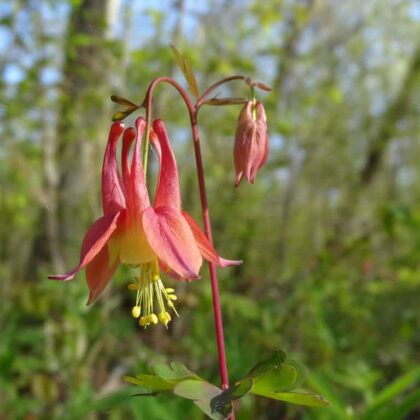
Canadian Columbine
Aquilegia canadensis
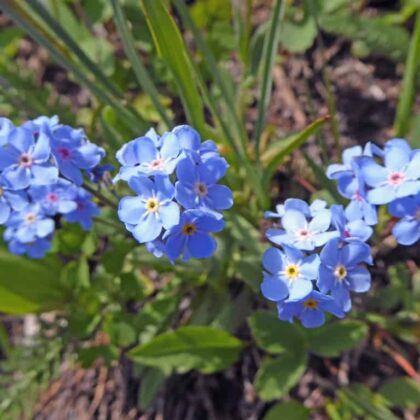
Alpine Forget-Me-Not
Myosotis asiatica

Coastal Wallflower
Erysimum capitatum

Shrubby Cinquefoil
Dasiphora fruticosa
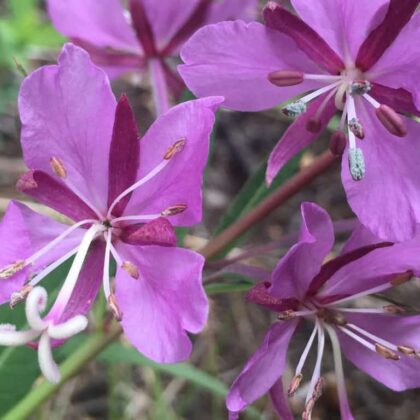
Fireweed
Chamaenerion angustifolium
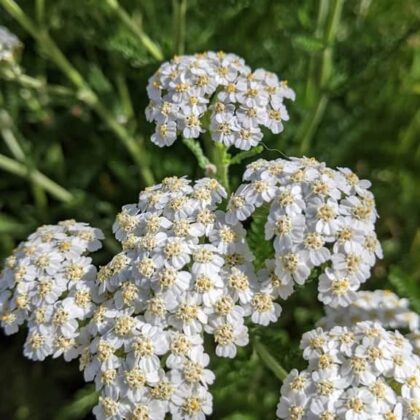
White Yarrow
Achillea millefolium
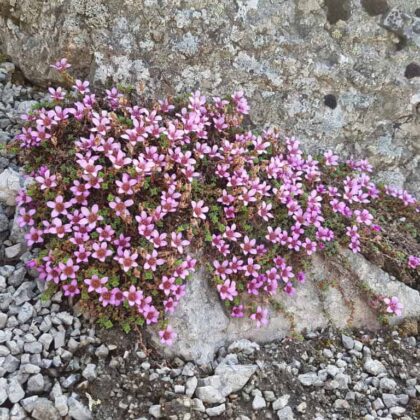
Purple Mountain Saxifrage
Saxifraga oppositifolia
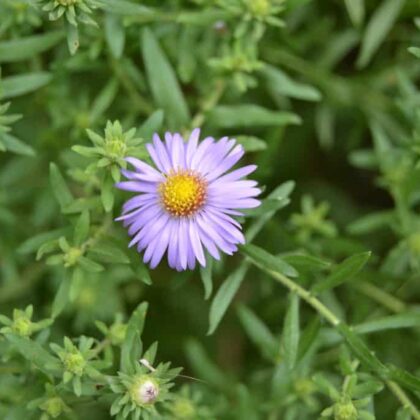
Aromatic Aster
Symphyotrichum oblongifolium
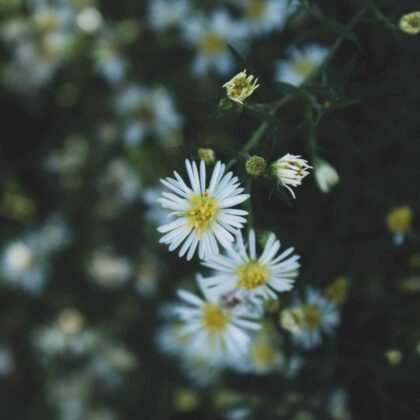
First Snow Heath Aster
Symphyotrichum ericoides
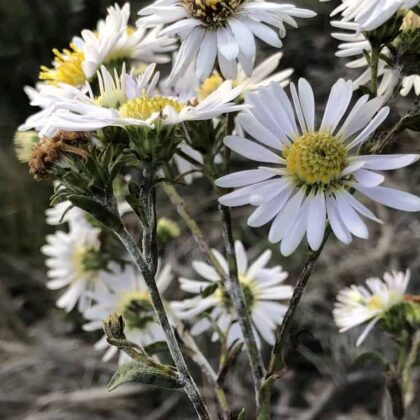
Pacific Aster
Symphyotrichum chilense
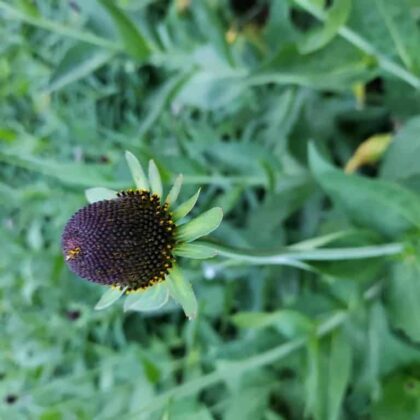
Western Coneflower
Rudbeckia occidentalis
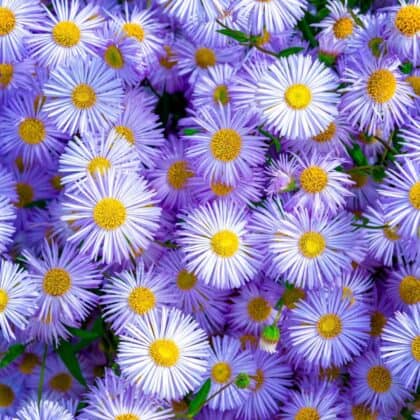
Fleabane Daisy
Erigeron speciosus
